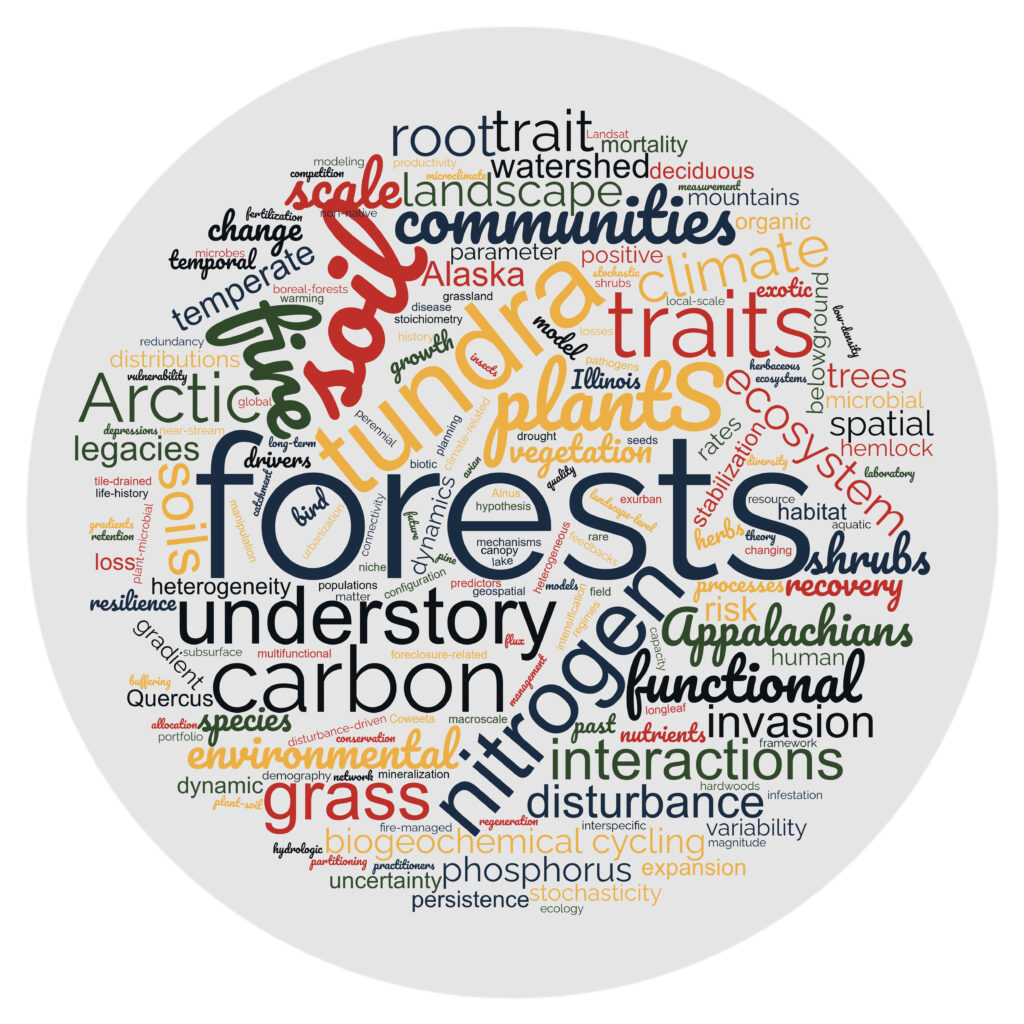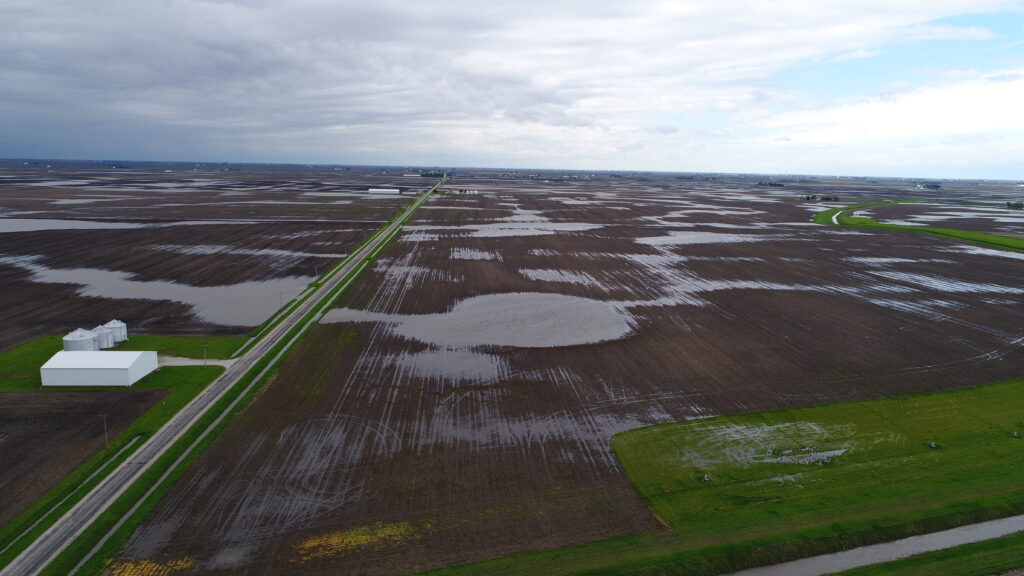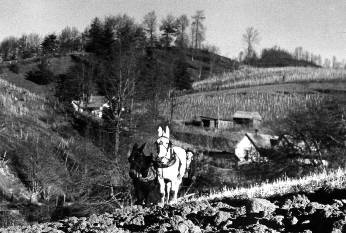Projects
Our work in the lab focuses on the independent and interactive effects of multiple global change drivers, including biological invasions, land-use intensification, and climate change. We are currently examining plant-soil relationships and their role in carbon and nutrient cycles of temperate forests and tundra ecosystems; hierarchical controls on invasive grass and tundra shrub distributions; and the role of watershed characteristics and human activities in regulating terrestrial biogeochemistry and nutrient export. Several of our ongoing projects address applied questions that are directly relevant to management. For example, we are asking how silvicultural practices affect the spread of invasive plants, alter stand dynamics, and influence pollinator communities and functioning.


Effects of vegetation change on ecosystem structure and function
Our work in this area seeks to understand the drivers and consequences of vegetation change for the structure and function of ecosystems. To date, we have investigated changes associated with native and exotic plant invasions, tree mortality, and climate change. Recent and on-going projects have revealed the interactive effects of atmopheric nitrogen deposition and hemlock loss due to the exotic hemlock woolly adelgid on biogeochemical cycling; impacts of an exotic invasive grass on carbon cycling across a land-use and N availability gradient; and invader response to prescribed fire at multiple spatial scales. We are also working in the Alaskan tundra where we examine the effects of shrub expansion on belowground carbon cycling.

Terrestrial-aquatic linkages
The distribution and configuration of land use and land cover, as well as the hydrogeomorphic conditions in a watershed, can strongly influence chemical and biological water quality. We have multiple projects underway to determine the relative contributions of watershed characteristics to aquatic chemistry and productivity. Previously, we investigated how the effects of land use on lake chemistry vary in light of differences in the capacity of watersheds to transport materials and water. Building on this work, we are investigating the role of subsurface drainage in terrestrial phosphorus loss. Through a collaborative project funded by the US Fish & Wildlife Service, we are evaluating the relative importance of alder shrubs and salmon for lake and stream chemistry and productivity in southwest Alaska.

Population dynamics: persistence and recovery in spatially and temporally stochastic landscapes
We use simulation models to investigate the joint effects of habitat destruction and recovery and environmental stochasiticty on population dynamics. Results to date suggest that the relative influence of habitat configuration on population size far outweighs that of stochasticity in either survival or reproductive output. However, these factors can enhance the negative impacts of fragmentation and further reduce population size. More recently, we’ve begun exploring how stochastic disturbance (i.e., random fluctuations in frequency, extent and severity) alter ecosystem stability and predictability.

Legacies of past land use in forest ecosystems
There remain few places on Earth that have not experienced some form of land use change. These changes have had profound impacts on biological diversity via habitat loss, modification, and fragmentation. During the past century, many areas across North America and Europe used for agriculture or timber harvest have been abandoned and returned to forest. The extent to which these areas will ever resemble their pre-disturbance condition is a topic of particular interest, both for its theoretical implications for system resilience and community assembly, and for its practical bearing on habitat restoration. Our on-going research addresses the long-term consequences of human practices in forests with histories of agriculture or timber harvest, focusing on nutrient distributions and cycling and habitat suitability for native plant species.